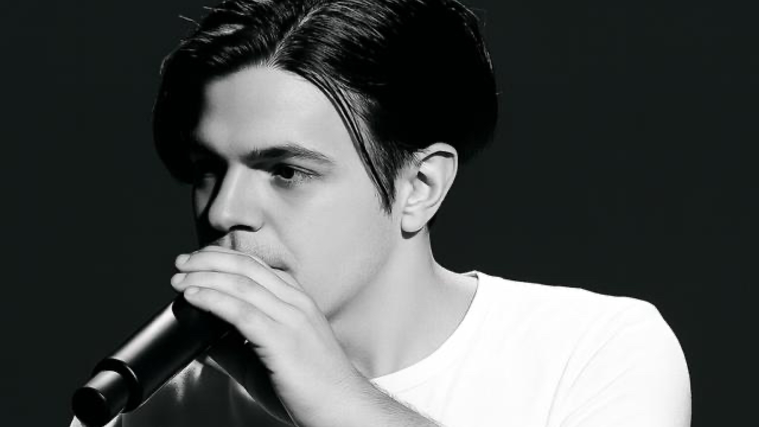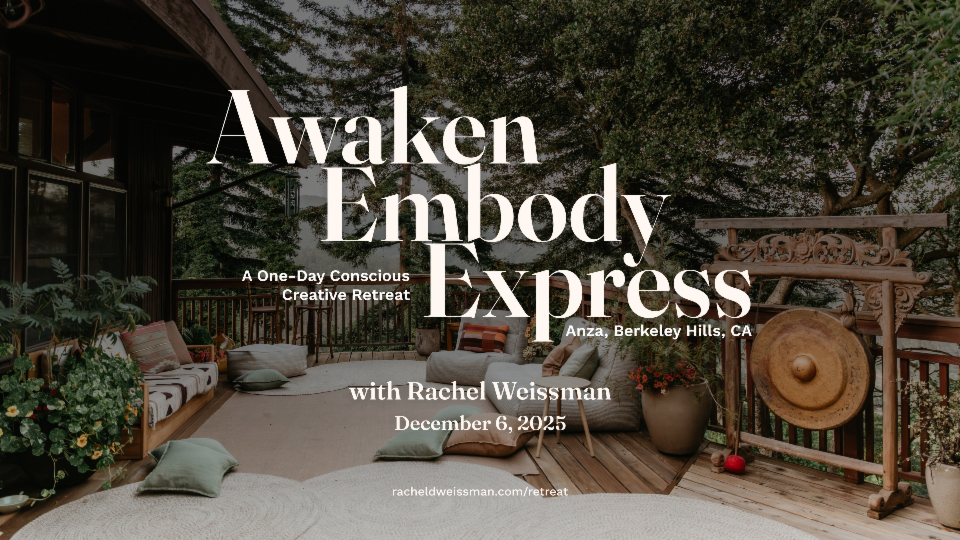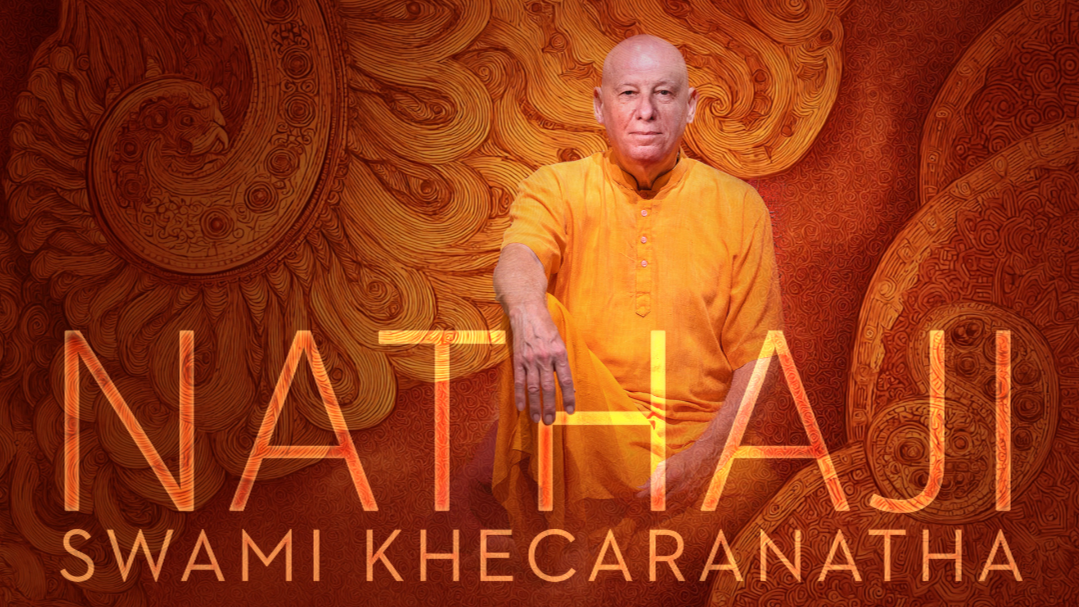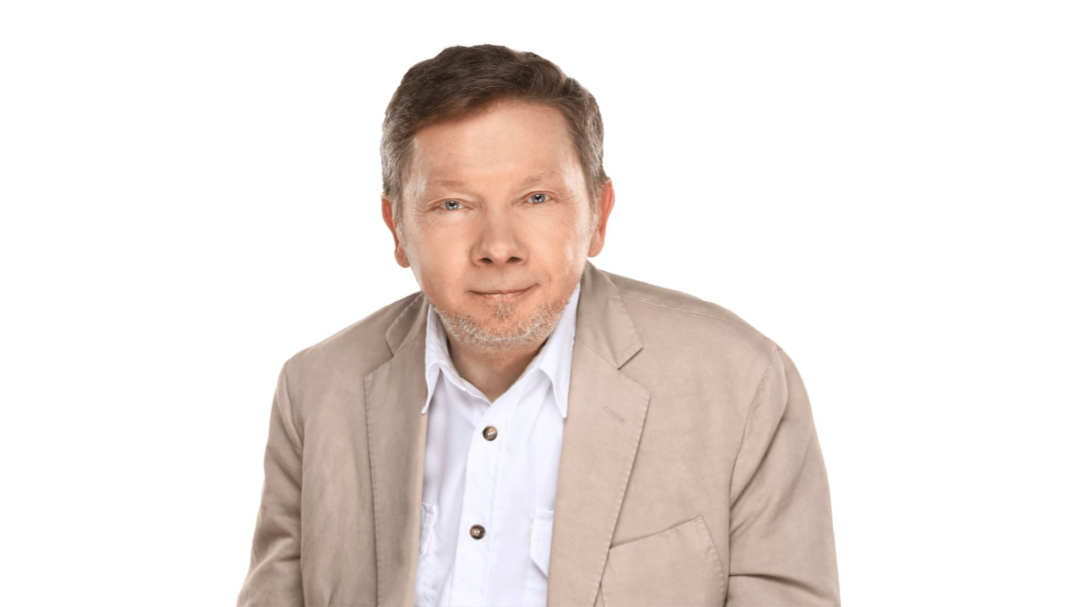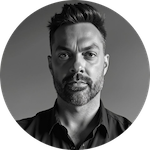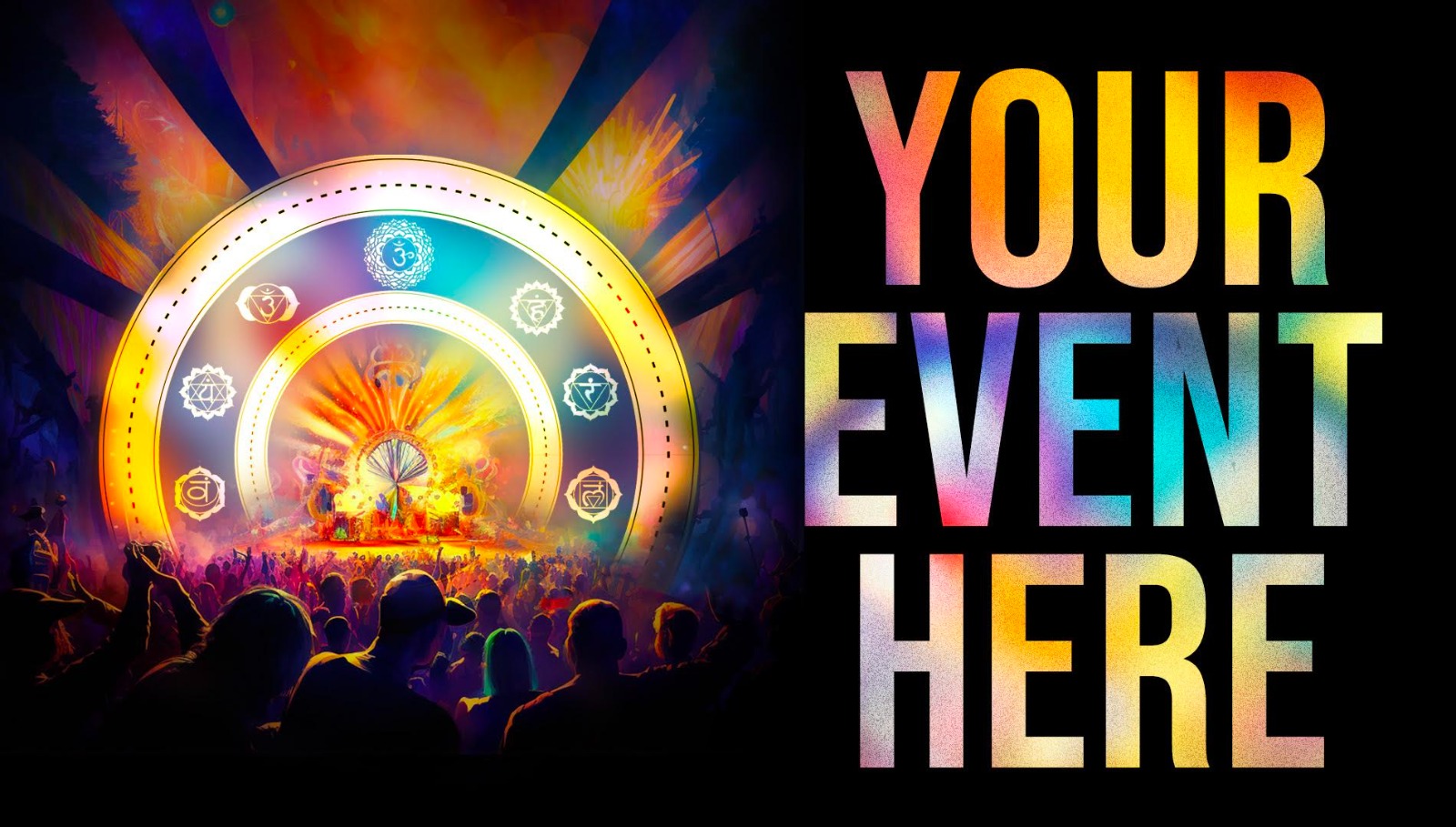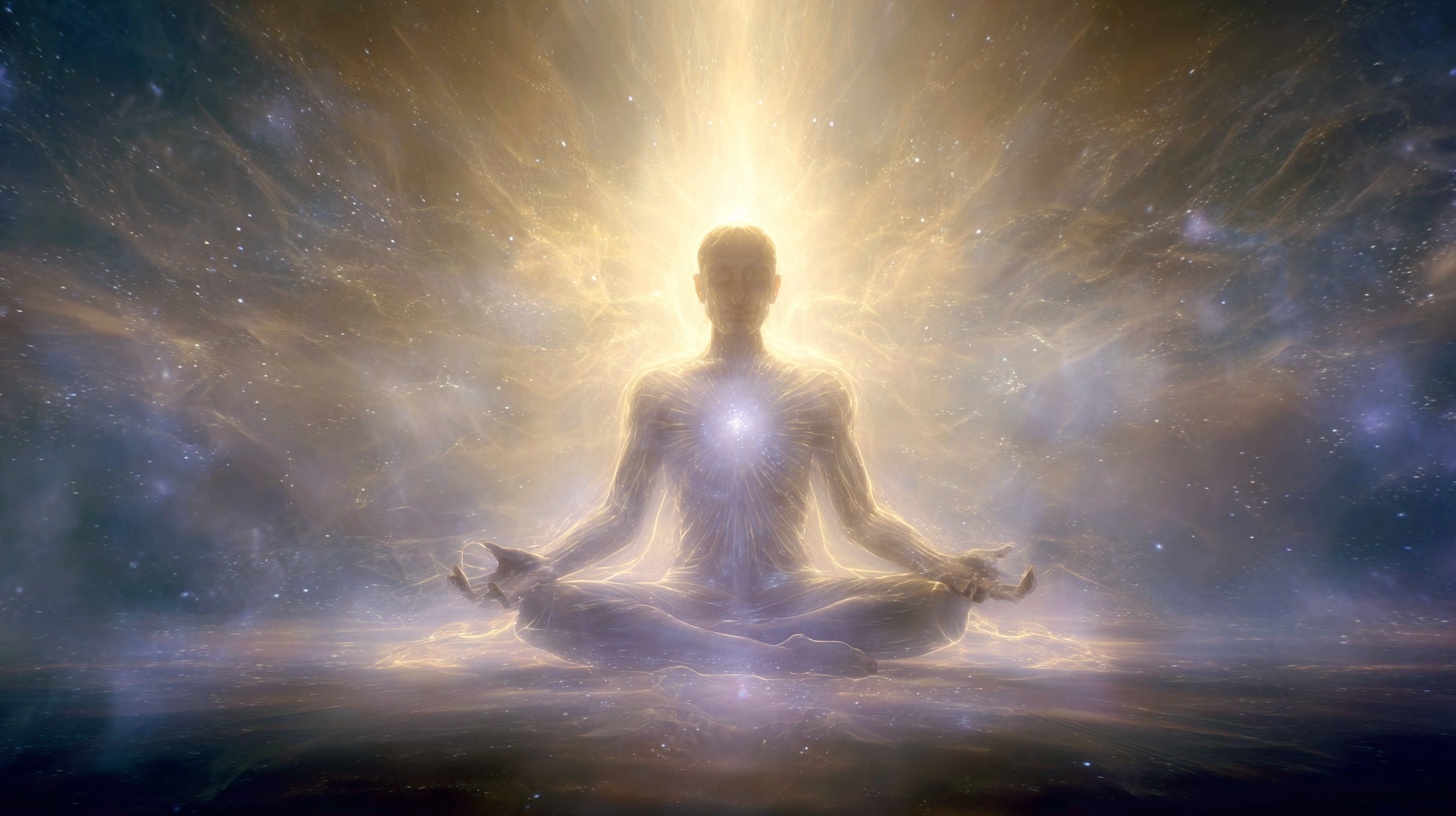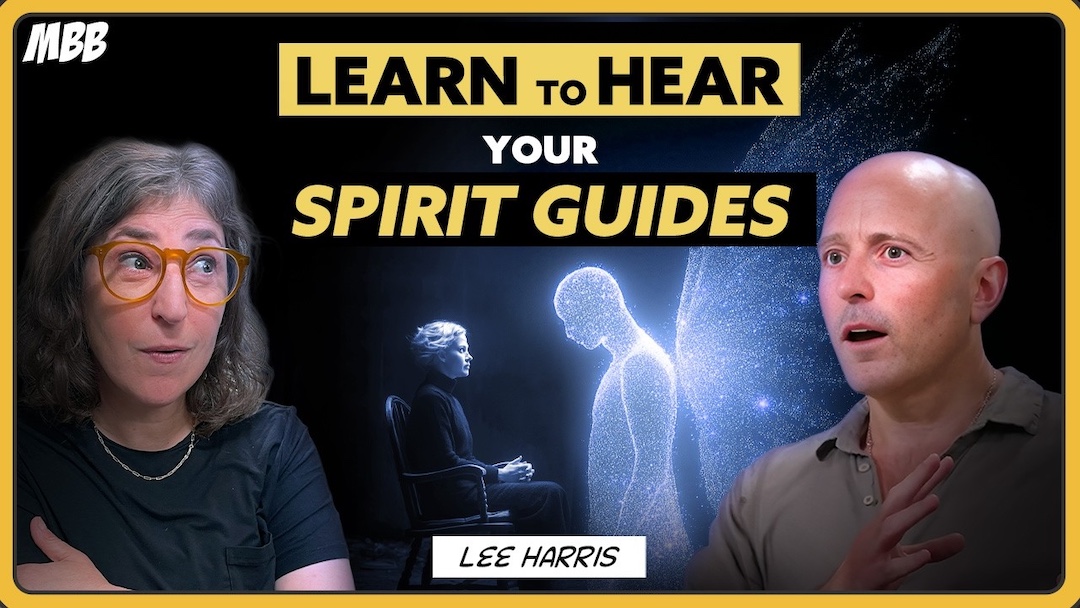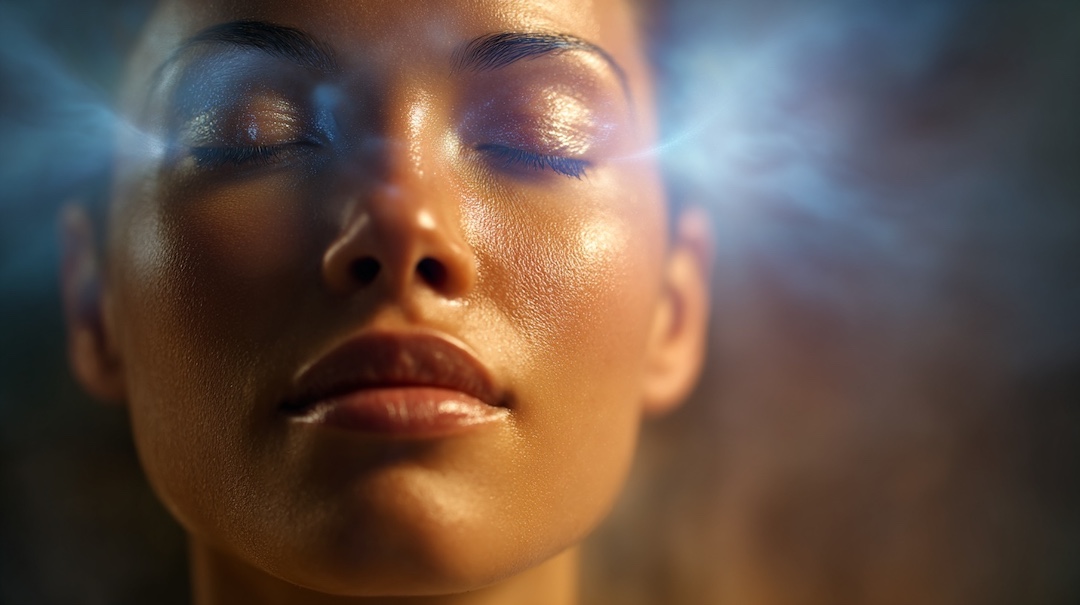
Most of us are taught that fear is the enemy and intuition is the guide. We chase intuition and reject fear, assuming one comes from a higher place and the other from the lower mind. But what if this division itself is the real distortion? What if fear and intuition are not opposites at all, but expressions of the same underlying intelligence?
This is not a philosophical idea. It’s a direct observation. Every feeling you experience — fear, love, anger, peace — is intelligence at work. The problem is not the emotion itself, but the way we relate to it.
The False Divide Between Fear and Intuition
Search online for “intuition vs anxiety” or “how to tell the difference between intuition and fear,” and you’ll find endless checklists: fear feels heavy, intuition feels light; fear is chaotic, intuition is calm. These are comforting frameworks — but they’re also misleading.
When you are about to make a life-changing decision, leave a relationship, or confront a truth you’ve avoided, clarity itself can feel like panic. The body shakes not because it’s wrong, but because the truth threatens the old structure. What many call “anxiety” is often the body registering transformation before the mind agrees to it.
The deeper truth is that fear and intuition are not two separate voices. They are the same intelligence, expressing different realities. One signals danger or misalignment; the other reveals clarity and direction. Both are information. Both deserve listening.
Fear Is Intelligence in Motion
Fear isn’t a malfunction of consciousness. It’s not proof of your weakness. Fear is energy organizing itself around survival, belonging, or truth. It appears when something in you recognizes change — or risk — even before your conscious mind does.
When we label fear as “negative,” we deny its intelligence. Fear tells us where we are still attached, what we value most, and where our boundaries are being tested. It doesn’t always mean “stop.” Sometimes it means “pay attention.”
When you listen deeply to fear without labeling it, you begin to feel its precision. It’s not vague at all. It’s clear, specific, intelligent. The confusion only begins when we resist it — when we try to escape it, rationalize it, or suppress it in the name of positivity.
Anxiety Is Resistance to Knowing
If fear is raw information, anxiety is the mind trying to outthink it. Anxiety is what happens when clarity is already present, but the ego refuses to trust it. It loops, negotiates, and analyzes, hoping to find a safer route to the same truth.
That’s why anxiety spirals, but intuition lands. Anxiety says “what if.” Intuition says “this is.”
The more you resist what fear is trying to tell you, the more anxious you become. Not because something is wrong with you, but because you’re standing between truth and denial. The tension is intelligence pulling you back into alignment.
Intuition Is Not a Feeling — It’s Clarity
People often speak of “developing intuition” as if it’s a special talent. But intuition isn’t something you cultivate. It’s what remains when distortion quiets.
Clairvoyance literally means clear-seeing — not seeing the future, but seeing the present without interference. Intuition is not a voice or vibration; it’s simple, unfiltered perception. It doesn’t argue or persuade. It doesn’t shout to be heard. It just knows.
The problem is that we confuse clarity with comfort. True intuition isn’t always gentle. Sometimes it rips away illusions you depended on. Sometimes it exposes attachments you didn’t want to see. It’s not concerned with how you feel about the truth — only with showing you what is.
Emotions Are Not Obstacles to Intuition — They Are the Path
A popular teaching says, “Feel emotions, but don’t become them.” That may sound wise, but it subtly reinforces separation. It treats emotions as dangerous currents to observe from a distance.
But the opposite is true. To witness fear without communion is to remain split. Integration happens when you become intimate with the energy — not to manipulate it, but to merge with it. To allow it to move through without editing or spiritual performance.
You don’t need to transform fear into love. You don’t need to spiritualize your discomfort. Fear is already sacred when you meet it without resistance. It doesn’t need conversion. It needs presence.
The Fear of Fear
Running from fear is fear itself. That’s the irony. The act of avoidance feeds the very thing we’re running from. The more you resist feeling, the more the energy distorts. It begins to appear as anxiety, indecision, or emotional paralysis.
When you finally stop running — when you allow fear to exist fully without trying to fix it — the energy changes texture. What you once called fear often reveals itself as simple awareness. You see that what you were resisting wasn’t pain; it was life, moving through you with precision.
This is why the famous phrase “the only thing to fear is fear itself” is more profound than people realize. The suffering is not in the fear, but in our fear of fear — our unwillingness to feel.
Love Isn’t Higher Than Fear
Spiritual culture loves to rank emotions. Love is placed on a pedestal, fear is pushed to the basement. But love isn’t higher. Fear isn’t lower. They are the same intelligence, meeting different circumstances.
Love is the intelligence of openness. Fear is the intelligence of protection. Both are appropriate, depending on what life demands. If a child runs into the street, fear is love in motion. When you sense danger, that is love organizing itself as protection. The division is only in thought.
Once you stop idealizing love and demonizing fear, you begin to experience them as one continuous field — energy shifting shape, intelligence adapting to context. That’s freedom.
Trust Is Simplicity
Trusting your intuition doesn’t mean silencing fear. It means trusting that whatever arises in you — fear, clarity, uncertainty — has purpose. Trust is not belief. It’s alignment with what’s real.
You don’t need to master intuition. You don’t need to conquer fear. You only need to stop separating them. When you do, clarity is no longer something you chase — it’s what you already are.
